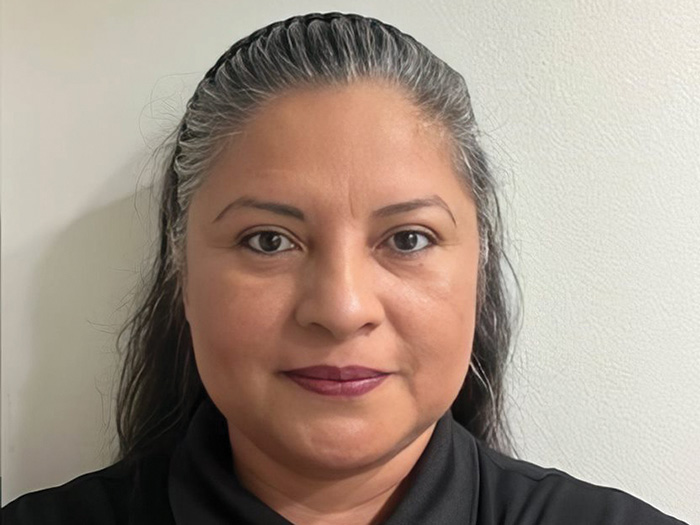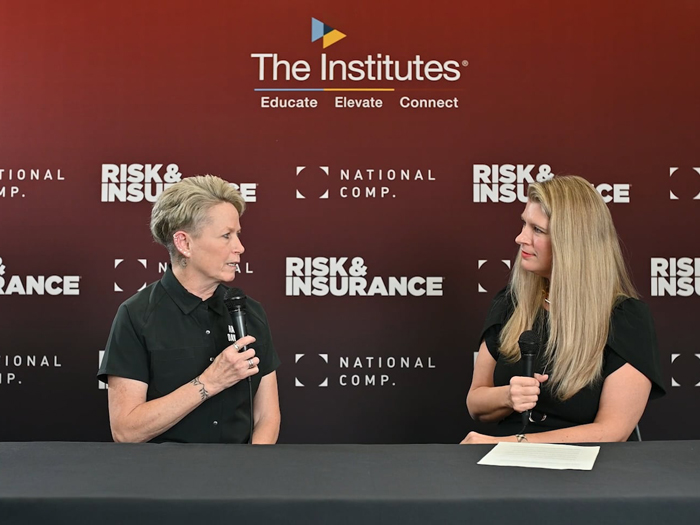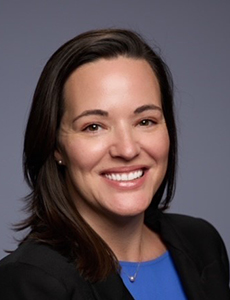Reinsurance Alternatives
Insurers Using More CAT Bonds

Insurers of the last resort are increasingly using catastrophe bonds and other similar products to transfer some of their peak exposures to the capital markets, according to a rating agency A.M. Best.
Insurers of the last resort are those that include Fair Access to Insurance Requirements (FAIR) plans, quasi-state-run insurance companies and beach/windstorm plans.
According to a report by A.M. Best, these entities have welcomed the growing availability of insurance-linked instruments such as catastrophe (CAT) bonds, insurance-linked funds and industry loss warranties (ILWs).
“Given an increase in exposure to loss for insurers of the last resort, CAT bonds have provided another alternative for these entities to cede part of their peak exposures as a complement to the traditional reinsurance market,” said Asha Attoh-Okine, author of the report.
“Catastrophe bonds also provide multi-year coverage as opposed to most traditional reinsurance programs,” he said.
Covered Perils
Approximately $5.6 billion in CAT bonds have been issued by seven of these entities from 2009 through Sept. 30, 2014, according to the A.M. Best report.
The two main perils that were covered were hurricanes and earthquakes occurring in the respective regions that the bonds were placed.
Hurricanes accounted for approximately $4.53 billion, or 81 percent, with earthquakes taking the other $1.05 billion, or 19 percent, for these entities during the period reviewed by the ratings agency.
“The increased use of these insurance-linked instruments is due to growth in investor demand,” said Attoh-Okine.
“We have specialized insurance-linked securities funds, whose mandate is to invest in insurance exposure, hedge funds, and pension funds all participating in this market. Investors have been attracted to these products given the low-interest environment for fixed income securities of similar quality and the perceived minimal correlation to the general financial market.
“Sponsors have also continued to increase the use of CAT bonds and other insurance-linked instruments to cede their peak exposures.
“Lately,” he said, “we have seen a decrease in spread [price] for the same level of risk for CAT bonds, providing sponsors cost relief when compared to the traditional property catastrophe reinsurance market.”
Advantages and Drawbacks
Among the advantages such products offered insurers are multi-year coverage and minimal credit risk versus the traditional reinsurance market, he said. They also provide another dimension to diversify and manage catastrophe risk.
“The main drawback for some of these instruments, for example, CAT bonds and ILWs, is the lack of reinstate features when compared to the traditional reinsurance program. (Reinstate implies the restoration of the reinsurance limit of an excess property treaty to its full amount after payment by the reinsurer of a loss as a result of an occurrence).
“Another criticism for the use of these instruments,” he said, “is whether investors’ participation will continue in case of property catastrophe insurance market disruption as result of a huge catastrophe event or if we start seeing a continuous increase in returns for other fixed income instruments.”
According to Attoh-Okine, if a major hurricane or other natural disaster triggers one of the CAT bonds, the sponsor of the bond will be reimbursed for the loss amount up to the amount of the CAT bond. In such a case, investors will lose part or all of the principal amount and the corresponding interest proceeds.
The A.M. Best report concluded that the increasing usage of CAT bonds and similar instruments add to recent improvements in the modeling of peak risk exposures, but also “adds another dimension to diversifying and managing catastrophe risk.”
In addition, the report said, other areas that might benefit from the use of various capital market instruments to transfer insurance risk include terrorism risk exposure; assigned risk non-property plans facing inadequate pricing/capacity issues, (e.g., workers’ compensation, auto, accident/health, etc.; and the National Flood Insurance Program, which provides flood insurance to approximately 5.5 million U.S. properties with total insured values exceeding $1 trillion, and growing.











